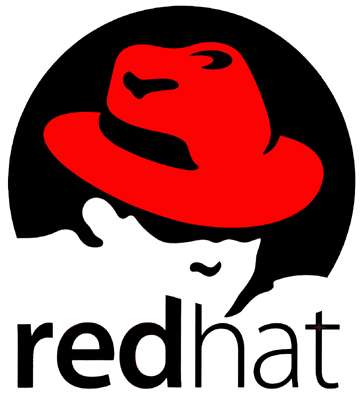Enterprise software for organizations/Enterprises working on Linux is a very defined segment and service providers 
What prompts RHEL’s shelled packaging
Up until the last patch, RHEL shipped out regular format or standard Linux Kernel code with detailed explanation of why, how and where each patch had to be introduced to enable Red Hat Linux for the kernel, with clear, precise, detailed documentation. The crux of the entire repackaging is this crystal-clear documentation. Several Red Hat competitors are leveraging the knowledge that the detailed documentation offers to provide their support services under-cutting the present price-brackets that RHEL has for its Enterprise clients.
Red Hat Chief Technology Officer Brian Steven justifies their steel- wrapping the software- strategy, as a specific move to hinder the processes of ‘support’ competitors (read Oracle and Novell) are able to generate using the clear documentation. This was a necessary strategy says Steve, essentially because both these companies were known to approach RHEL’s paid subscribers and offering the same support for Red Hat, at prices that were much lower than what RHEL is presently charging them.ELHEL is
Why the change
As this documentation is very easy to understand, non-techies too can get away with using the documentation as a user manual for client-support sessions. While offering their own enterprise Linux software, competitors rely largely on Linux Kernel by Red Hat to deliver support for Linux Kernel based issues that enterprises face while running Red Hat Linux.
How has the packaging changed
RHEL Kernel code is now going through some stringent wrapping or packaging to prevent competitors from using Red Hat Linux software directly to clients snitched from Red Hat’s client base. With the RHEL6 it is pre-applying the patches and shipping out the archive. There is no explicit detailed documentation around with the RHEL 6.
Is this right, for an open source distro
RHEL continues to be compliant with the GPL licensing and keeping in straight-jackets only that which will offer competitors greater advantage. RHEL is increasingly moving toward subscription based , itemized information on where each kernel patch is to play on the RH Linux kernel.
While Novell and the Oracle are the implied competitors and these are who will be affected greatly, CentOS will be largely unaffected as their kernels are rebuilt and do not require itemized patches. The CentOS Plus Kernel offers patches but do not depend on the Linux Kernel for help. Their developers offer the patches independently and are therefore, unaffected by RHEL move.
Novell’s next move in offering Linux support for Red Hat will require to be watched as there is not much activity happening at its end. Though Oracle announced its Oracle Linux 6 release in the first quarter of the year the face-off in the Enterprise Linux space, will be watched by all competitors concerned.




